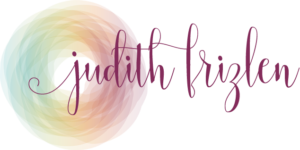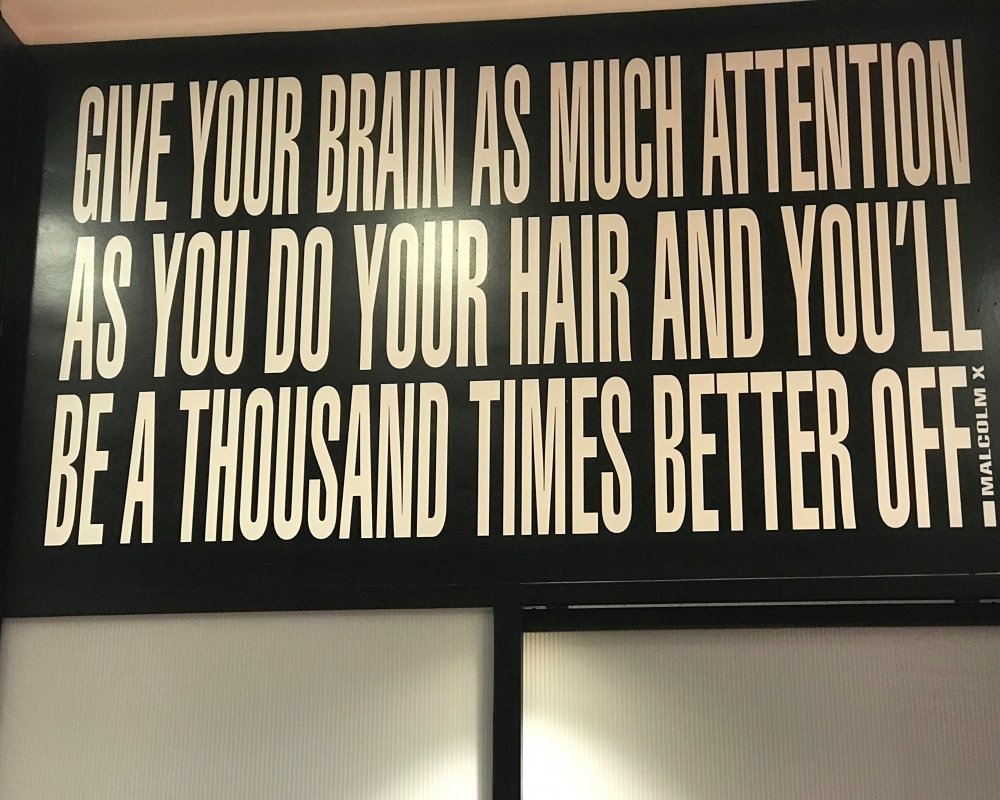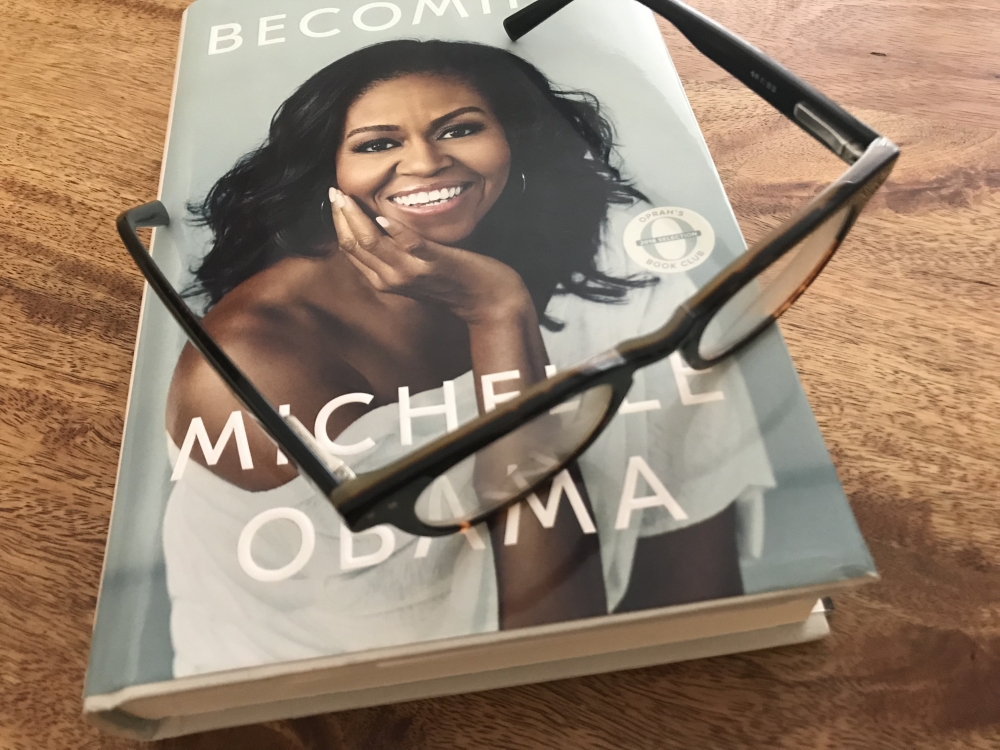Curating your summer reading list? How about some light reading on the subject of neuroscience? Not light as in content weak, but light as in relevant scientific information delivered in a friendly way.
I find it useful to understand the human brain. For years, I taught seminars to teachers about brain development and learning. Both personally and professionally, I find the more I understand how my brain works, the better we (my brain and I) function.
Which is the ultimate goal: to use the inner resources I have been given to mazimize my potential to live a life of contribution and joy. I want to do my best then relax and forget the rest.
To get my brain to go along with my plan, it helps to understand its components and their function. Neuroscientist, Dr. Jill Bolte Taylor, has both the expertise and personal experience to present the brain in a way that is accessible and practical.
In Taylor’s first book, My Stroke of Insight, she describes noticing parts of her brain shut down while having a stroke. The experience gave her access to greater understanding about the brain and how it works.
With time, Taylor regained whole brain functioning which fueled her passion for teaching it. In Taylor’s book, Whole Brain Living, she shares a method to summon up the whole brain, instead of deferring to the more familiar or socially reinforced components.
When I taught brain development and learning to teachers, we emphasized the two parts of the neocortex – the left and the right brain. That viewpoint led to categorizing people as either linear logical or emotional creative – which is a reductionist or incomplete picture.
Humans are more complex and varied than that. Consider the left brain has a rational and an emotional component and so does the right brain. Both sides have thinking and feeling which means there are four primary areas/functions instead of two.
The quality of the number four is wholeness. There are four directions, four temperaments, and four seasons of the year. You get the picture.
Imagine dividing the brain in two halves and those halves into top and bottom. The top halves are rational and the bottom halves emotional, but in different ways. The left and right thinking brains and the left and right feeling brains are not the same.
Dr. Taylor refers to those four aspects of the brain as characters. Let me describe them, as I understand them at this time. Characters one, two, three, and four are presented in depth in the book.
Character one is the thinking aspect of the left brain – a detail-oriented leader in creating functional systems and plans based on logical reasoning.
Character two is the emotional aspect of the left brain that is aware of things that can go wrong – stressors, and threats in the outer world. This character may be driven by fear to emphasize problems and concerns.
Character three is the emotional aspect of the right brain. It is creative, playful, and easy-going. It wants to roll along in its own way, without paying much attention to rules or plans.
Last, but not least is Character four which is the thinking aspect of the right brain, the self that senses all is well. It embraces wholeness and knows peace in spite of whatever is going on, conjuring the state from the inside out.
Everyone carries all four characters within; typically there is one that is the most comfortable or default type. Taylor suggests when we experience ourselves in one of the characters (whom she suggests naming), we pause to invite the others, to onboard our whole brains.
Our best problem-solving comes from listening to all four characters. When they each have a voice, we are functioning with our whole brains.
We may prefer or be accustomed to certain characters in ourselves and in others, but that does not change our anatomy or make them unavailable. As a matter of fact, the less we listen to them, the more they crave attention.
Imagine the possibilities of a brain functioning with all four quadrants! We need not look outside of ourselves to find this possibility. It lives in our neurophysiology, our human make-up.
I love to learn about neuroscience. It fills me with awe and wonder about the brain and an expanded view of human potential.
The more I know my innate potential, the more I am empowered to activate it. Imagine the possibilities of wholeness.
Whole brains. Whole people. The whole world awakened – one brain at a time.
This thought resonates with my Character four, whom I call Bliss.



